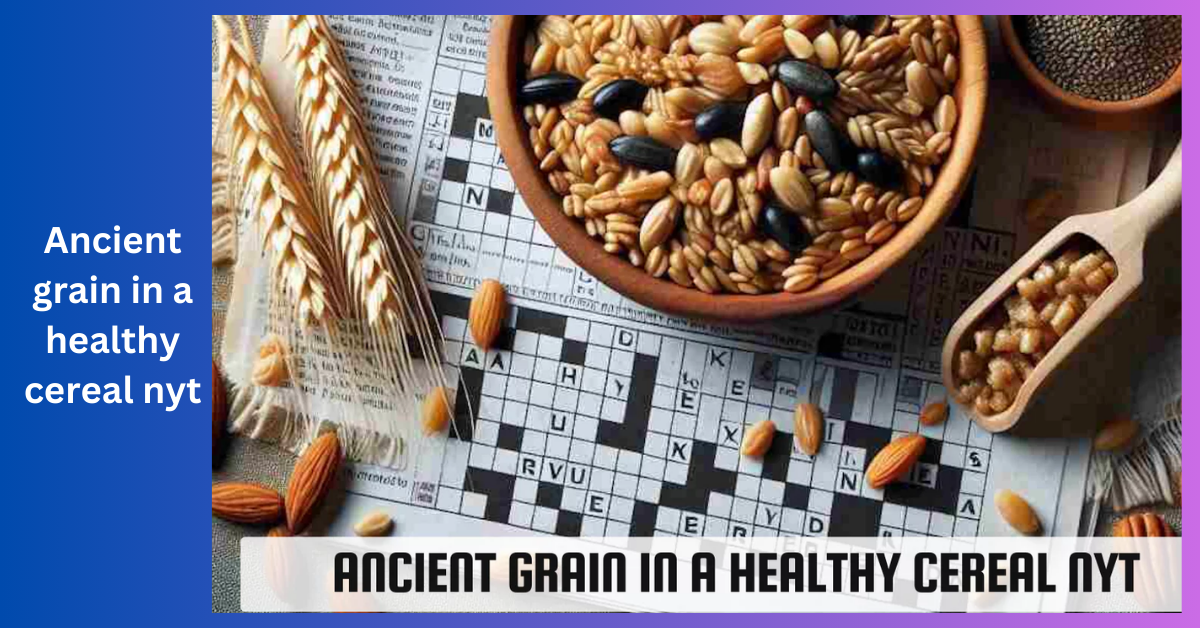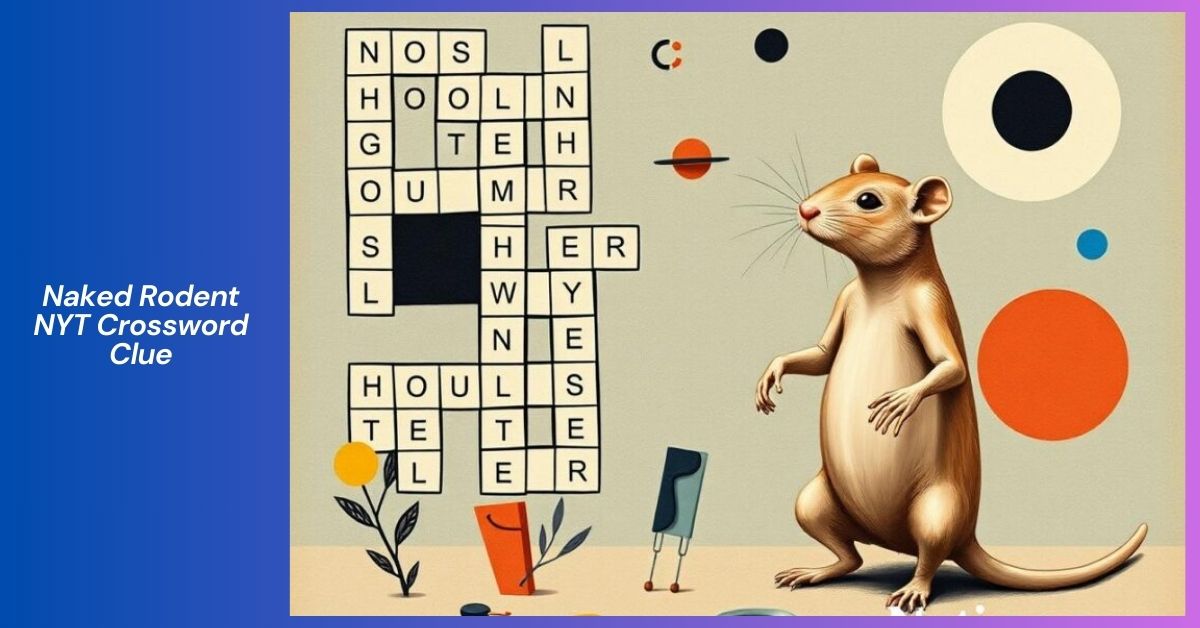
In recent years, the world has witnessed a significant shift towards healthier and more sustainable lifestyles. One of the most significant trends in this movement is the resurgence of ancient grains in our daily diets.
Ancient grains like quinoa, spelt, millet, and farro in a healthy cereal offer a nutritious breakfast option, rich in protein, fiber, and minerals like iron, magnesium, and selenium, providing essential health benefits.
These ancient grains, which have been around for thousands of years, offer a range of nutritional benefits that can improve our overall health and well-being.
In this article, we’ll delve into the world of ancient grains, exploring their unique characteristics, health benefits, and most importantly, how they can be incorporated into a healthy cereal.
What are Ancient grain in a healthy cereal nyt?
Ancient grains are a type of grain that has been around for thousands of years. They were first cultivated by our ancestors, who valued their unique nutritional profiles and versatility. These grains have been largely replaced by modern wheat, which is often hybridized and processed to increase yield and shelf life. However, ancient grains have been making a comeback in recent years due to their numerous health benefits and unique flavor profiles.
The Benefits of Ancient grain in a healthy cereal nyt
Ancient grains offer a range of benefits that make them an ideal choice for those looking to improve their overall health. Some of the key benefits include:
- Higher Nutrient Content: Ancient grains are often higher in fiber, protein, and essential nutrients such as iron, magnesium, and potassium.
- Lower Glycemic Index: Ancient grains have a lower glycemic index, meaning they won’t cause a sudden spike in blood sugar levels.
- More Digestible: Ancient grains are often easier to digest than modern wheat, making them a great option for those with gluten intolerance or sensitivity.
- Rich in Antioxidants: Many ancient grains are rich in antioxidants, which can help to protect against chronic diseases such as heart disease and cancer.
The Best Ancient Grains for Your Cereal
When it comes to choosing the right ancient grain for your cereal, there are several options to consider. Here are some of the best options:
- Quinoa: Quinoa is often considered the “mother grain” due to its high nutritional content and versatility. It’s a complete protein source, meaning it contains all nine essential amino acids.
- Spelt: Spelt is an ancient relative of wheat that is high in fiber and protein. It’s also lower on the glycemic index than modern wheat.
- Millet: Millet is a small-grained cereal that is high in fiber and protein. It’s also gluten-free, making it an excellent option for those with gluten intolerance.
- Farro: Farro is an ancient Italian grain that is high in fiber and protein. It’s also lower on the glycemic index than modern wheat.
How to Incorporate Ancient Grains into Your Cereal
Incorporating ancient grains into your cereal is easier than you might think. Here are a few simple ways to do so:
- Use Ancient Grain Flour: You can replace up to 50% of your flour with ancient grain flour to add more nutrients and flavor to your cereal.
- Add Whole Grain Flakes: Add whole grain flakes made from ancient grains such as quinoa or spelt to your cereal for an extra boost of nutrition.
- Try Ancient Grain Granola: Look for granola recipes that use ancient grains such as farro or millet for a crunchy and nutritious snack.
Ancient Grain Cereal Recipes
Here are some delicious and easy-to-make ancient grain cereal recipes to get you started:
Recipe 1: Quinoa Cereal with Fresh Berries
- 1 cup cooked quinoa
- 1 cup rolled oats
- 1/2 cup fresh berries
- 1 tablespoon honey
- 1 tablespoon almond milk
Recipe 2: Spelt Cereal with Nuts and Seeds
- 1 cup cooked spelt
- 1 cup rolled oats
- 1/2 cup chopped nuts
- 1/2 cup seeds (such as chia or flax)
- 1 tablespoon honey
- 1 tablespoon almond milk
Recipe 3: Millet Cereal with Coconut Milk
- 1 cup cooked millet
- 1 cup rolled oats
- 1/2 cup shredded coconut
- 1 tablespoon honey
- 1 cup coconut milk
The Science Behind Ancient grain in a healthy cereal nyt
So why are ancient grains so much better than modern wheat? The answer lies in their unique nutritional profiles and processing methods. Modern wheat is often hybridized and processed to increase yield and shelf life, which can lead to a loss of nutrients and a decrease in overall nutritional value.
Ancient grains, on the other hand, are often grown using traditional methods that preserve their natural nutritional profiles. This means that they retain many of the nutrients that are lost during the processing of modern wheat.
The Health Benefits of Ancient grain in a healthy cereal nyt
So what are the specific health benefits of ancient grains? Some of the most significant benefits include:
- Improved Digestion: Ancient grains are often easier to digest than modern wheat, making them a great option for those with gluten intolerance or sensitivity.
- Lower Blood Sugar Levels: Ancient grains have a lower glycemic index than modern wheat, which can help to reduce blood sugar levels.
- Reduced Inflammation: Many ancient grains are rich in antioxidants, which can help to reduce inflammation in the body.
Conclusion
In conclusion, Ancient grain in a healthy cereal nyt are a nutritious and delicious addition to a healthy cereal. By incorporating these ancient grains into your daily diet, you can experience a range of benefits, from improved digestion and reduced inflammation to increased fiber and nutrient intake.
In this article, we have explored the benefits of ancient grains, how to incorporate them into your cereal, and some frequently asked questions. Whether you’re looking for a gluten-free option or simply want to add some variety to your breakfast routine, ancient grains are a great choice.
Remember, ancient grains are not just a fad or a trend, but a way to connect with our culinary heritage and promote overall health and well-being. So, next time you’re shopping for groceries or preparing your breakfast, consider adding some ancient grains to your routine.
FAQs about Ancient grain in a healthy cereal nyt
What are the benefits of using ancient grains in my cereal?
Using ancient grains in your cereal can provide a boost of fiber, protein, and essential nutrients, while also being lower on the glycemic index. This can help to regulate blood sugar levels and provide a feeling of fullness and satisfaction.
Can I use ancient grains as a substitute for modern wheat?
Yes, you can use ancient grains as a direct substitute for modern wheat in many recipes. However, keep in mind that ancient grains may have a slightly different texture and flavor than modern wheat.
How do I cook ancient grains?
Cooking times will vary depending on the type of grain you’re using, but generally you can soak them overnight and then cook them in water or broth. You can also add flavorings and seasonings to enhance the flavor.
Are ancient grains gluten-free?
Not all ancient grains are gluten-free, but some options such as millet and quinoa are naturally gluten-free. Always check the label or consult with a healthcare professional if you have gluten intolerance or sensitivity.
Can I use ancient grains to make granola?
Yes, you can use ancient grains to make granola by adding them to your favorite granola recipe. This can add a boost of fiber and nutrients to your snack.
Are ancient grains more expensive than modern wheat?
Yes, ancient grains can be more expensive than modern wheat due to their lower yields and higher demand. However, many people find that the benefits of using ancient grains make it worth the extra cost.
Can I use ancient grains to make bread?
Yes, you can use ancient grains to make bread by substituting them for modern wheat flour in your favorite bread recipe. This can add a unique flavor and texture to your bread.





